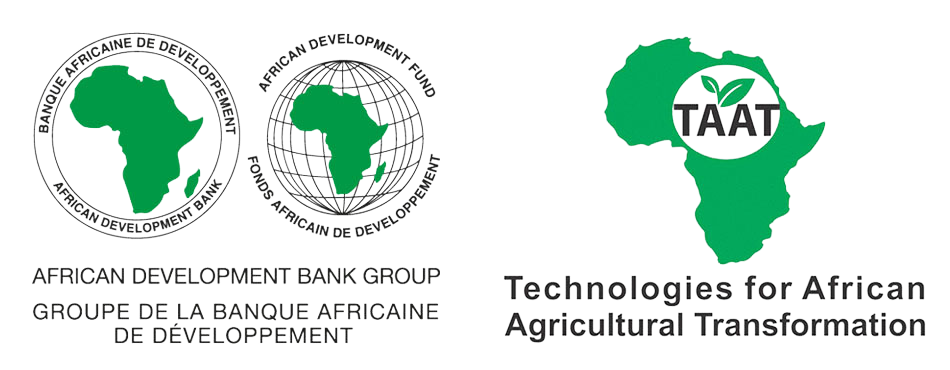

Low-cost natural pest control
The technology of "Biological control of the pod borer Maruca vitrata with exotic parasitoids" involves the strategic use of specific parasitic wasps as natural antagonists to manage and reduce the population of the destructive Maruca vitrata pod borer. These parasitoid wasps are sourced from the World Vegetable Center labs in Taiwan and are released in collaboration with national agencies in affected regions. The approach begins with the controlled rearing of parasitic wasps in laboratory settings, using live caterpillars of the pod borer as their hosts. Once these parasitoid wasps are ready, they are released either directly onto cowpea fields during the cropping season or on wild host plants during the off-season. After these releases, the parasitoids establish themselves in the environment, typically on wild vegetation. Over time, they naturally spread to cowpea fields, where the pod borer infestations occur. The key objective is to enable these parasitic wasps to reproduce, multiply, and effectively control the pod borer population. This biological control strategy is often coupled with the use of cowpea varieties that are resistant or tolerant to the pod borer and the application of eco-friendly products like neem or other compatible biopesticides. By utilizing this approach, the need for chemical pesticides is significantly reduced or eliminated. The ultimate goal of this technology is to create a self-sustaining population of parasitoid wasps that consistently and effectively reduce the damage caused by the Maruca vitrata pod borer to cowpea crops.
This technology is TAAT1 validated.
To install an initial pilot colony of parasitoids
Running costs
Open source / open access
Biological Control with Parasitic Wasps: Recent advances involve the introduction of two specific parasitic wasps from the World Vegetable Center labs in Taiwan. These parasitic wasps target Maruca vitrata and have shown to reduce its population by over 85% in areas across Benin and Burkina Faso.
Collaboration and Release Strategy: National agencies collaborate to release parasitic wasps onto cowpea fields during the cropping season or on wild host plants during the off-season. This collaboration ensures widespread distribution of the biocontrol agents.
Reduced Reliance on Chemical Pesticides: By incorporating parasitic wasps, farmers can reduce their reliance on chemical pesticides, thus minimizing environmental impact and promoting sustainable pest management practices.
Integrated Pest Management (IPM): The approach integrates biological control with the use of resistant/tolerant cowpea varieties and the application of biopesticides like neem products to manage companion pests effectively.
Awareness and Sensitization: Farmers need to be educated about the benefits of biological control and the importance of avoiding chemical pesticides in areas where parasitic wasps have been released. Sensitization campaigns can also highlight the significance of preserving alternative host plants for the parasitic wasps and the environment.
For Manufacturers:
Manufacturers of biological control agents for cowpea pod borer benefit from the increasing demand for sustainable pest management solutions in sub-Saharan Africa. This technology utilizes parasitic wasps to significantly reduce pod borer populations, leading to higher crop yields and lower losses, thereby enhancing food security and farmers' livelihoods.
Potential customers include agricultural research institutions, government agencies, seed companies, and private entities involved in pest management and sustainable agriculture. These stakeholders are crucial for disseminating and promoting innovative agricultural technologies to smallholder farmers.
Collaboration with agricultural research institutions, universities, and extension services is essential for the successful adoption and scale-up of biological control solutions. Partnerships with seed companies can facilitate the integration of biocontrol agents into seed treatment and crop protection offerings.
Manufacturers require access to advanced laboratory facilities for rearing and mass production of parasitic wasps, expertise in entomology and biological control, and robust distribution networks to effectively reach farmers.
Start-up costs for establishing a pilot colony of parasitic wasps are estimated at US $5,000, with annual running costs averaging US $6,000 per year per country, covering infrastructure, personnel, research, and production.
Manufacturers must adhere to national regulations for the import, production, and distribution of biological control agents, obtaining permits and certifications from relevant plant health authorities.
For Resellers:
Biological control agents resellers benefit from offering innovative and eco-friendly pest management solutions to farmers, addressing the demand for sustainable agriculture and reduced chemical pesticide use.
Cowpea farmers in regions where parasitic wasps have been released are potential customers for resellers, as are agricultural cooperatives and extension services that promote integrated pest management practices.
Partnerships with agricultural extension services, farmer organizations and seed companies can facilitate the distribution and adoption of biocontrol agents among smallholder farmers.
Resellers require access to biocontrol products, training in pest management, knowledge dissemination tools, and logistical support to reach remote farming communities.
Resellers incur costs associated with procuring and distributing biocontrol agents, training farmers in their use, and providing ongoing support and technical advice.
Resellers must comply with national regulations governing the sale and distribution of biological control agents.
For Users:
The use of biological control agents offers cowpea farmers increased yields, reduced yield losses due to pod borers and reduced reliance on chemical pesticides, resulting in improved profitability and environmental sustainability.
Farmers benefit from partnerships with agricultural extension services, research institutions, and government agencies that facilitate access to and adoption of biocontrol technologies.
Early results suggest that cowpea yields can be increased by 40-60% through the use of parasitic wasps, leading to improved profitability for farmers by reducing production costs associated with pest control.
Adults 18 and over: Positive high
Farmers benefit directly from increased yields and reduced crop losses. The technology offers a “bonus” in terms of surplus yields without extra costs, leading to improved economic stability.
The poor: Positive high
This technology provides a cost-free, sustainable solution after the initial biocontrol agents are established, reducing the financial burden posed by purchase and use of chemical pesticides.
Under 18: No impact
Women: Positive medium
The biocontrol approach minimizes the need for labor-intensive pesticide applications, saving time that women can use for other household or economic activities.
Climate adaptability: Highly adaptable
It enhances resilience to climate variability, reducing dependence on chemical inputs, and is effective across diverse ecosystems.
Farmer climate change readiness: Significant improvement
Farmers can better manage climate-induced pest challenges with low-input, sustainable farming practices.
Biodiversity: Positive impact on biodiversity
It preserves natural enemies and plant diversity, supporting ecosystem health.
Carbon footprint: A bit less carbon released
Reduces emissions by minimizing pesticide use and fuel consumption for applications.
Environmental health: Greatly improves environmental health
Improves ecosystems by reducing chemical pollution and supporting agroecological farming.
Soil quality: Does not affect soil health and fertility
Enhances soil health and fertility by reducing pesticide contamination.
Water use: Much less water used
This technology is water-efficient and does not place additional demands on water resources, making it suitable for use in water-scarce or drought-prone regions.
| Country | Testing ongoing | Tested | Adopted |
|---|---|---|---|
| Benin | –No ongoing testing | Tested | Adopted |
| Burkina Faso | –No ongoing testing | Tested | Adopted |
| Mali | –No ongoing testing | Tested | Adopted |
| Niger | –No ongoing testing | Tested | Adopted |
| Nigeria | –No ongoing testing | Tested | Adopted |
This technology can be used in the colored agro-ecological zones. Any zones shown in white are not suitable for this technology.
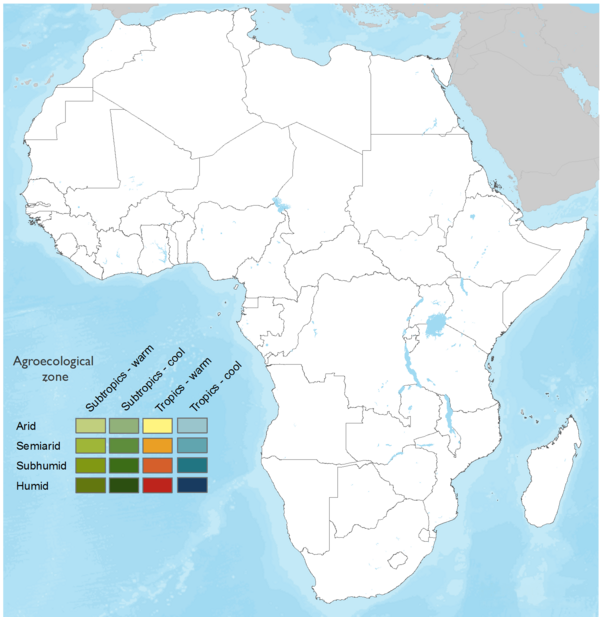
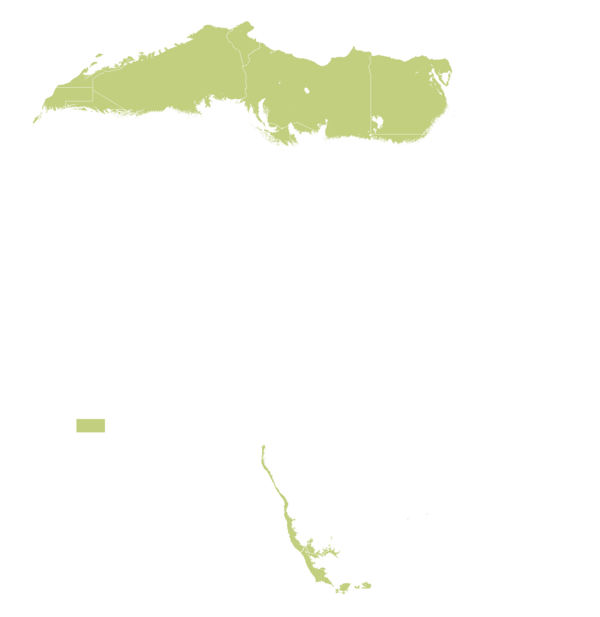




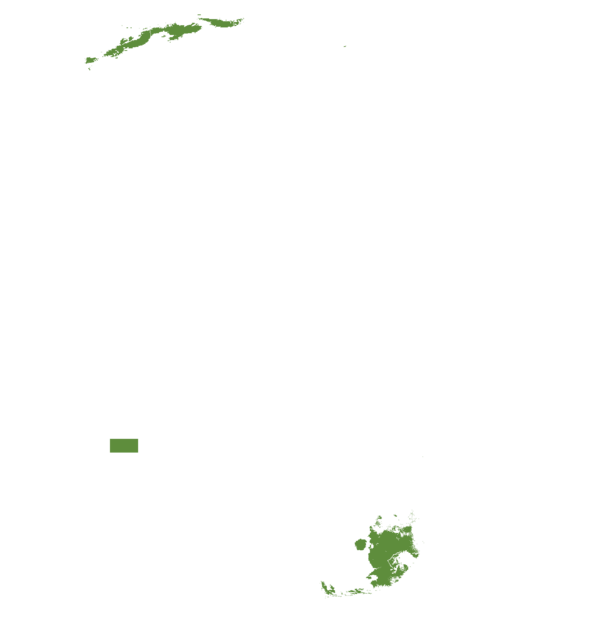


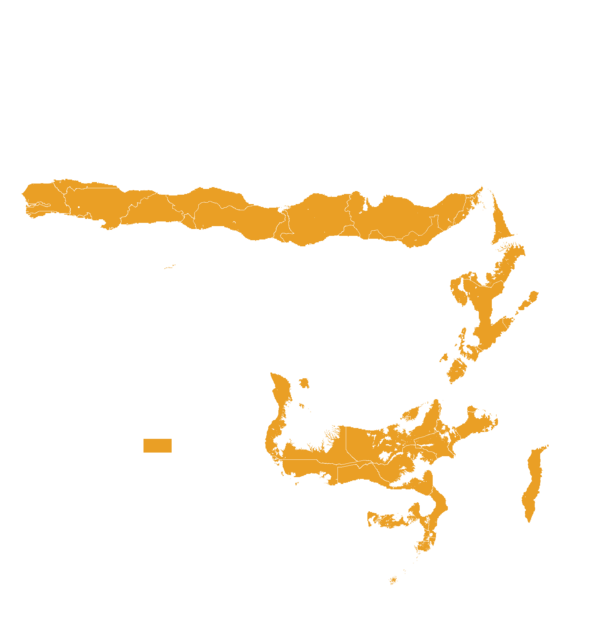
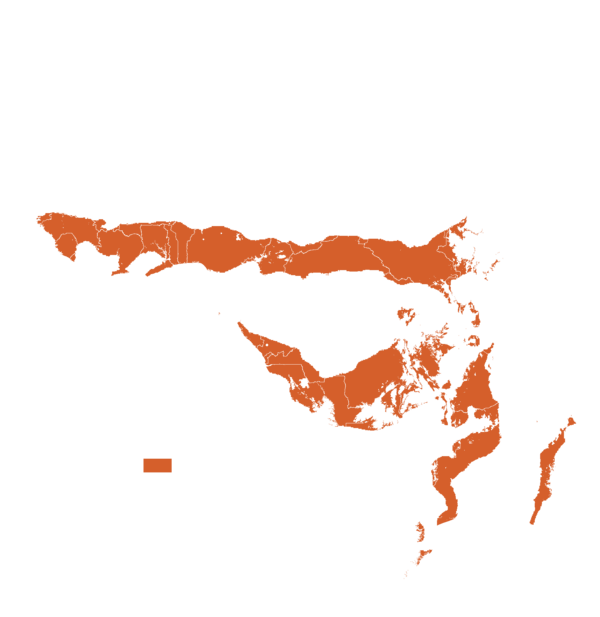

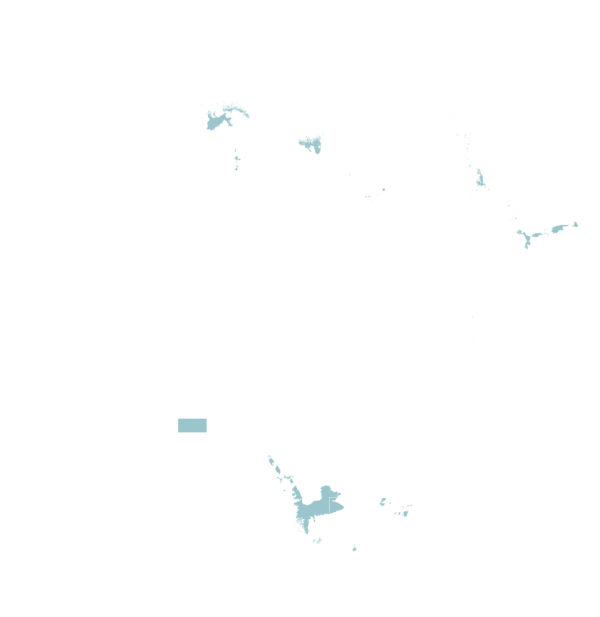

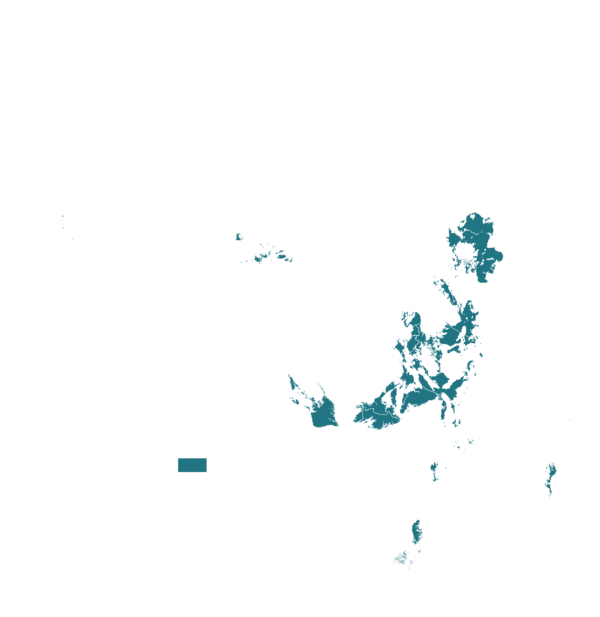

| AEZ | Subtropic - warm | Subtropic - cool | Tropic - warm | Tropic - cool |
|---|---|---|---|---|
| Arid | ||||
| Semiarid | ||||
| Subhumid | ||||
| Humid |
Source: HarvestChoice/IFPRI 2009
The United Nations Sustainable Development Goals that are applicable to this technology.
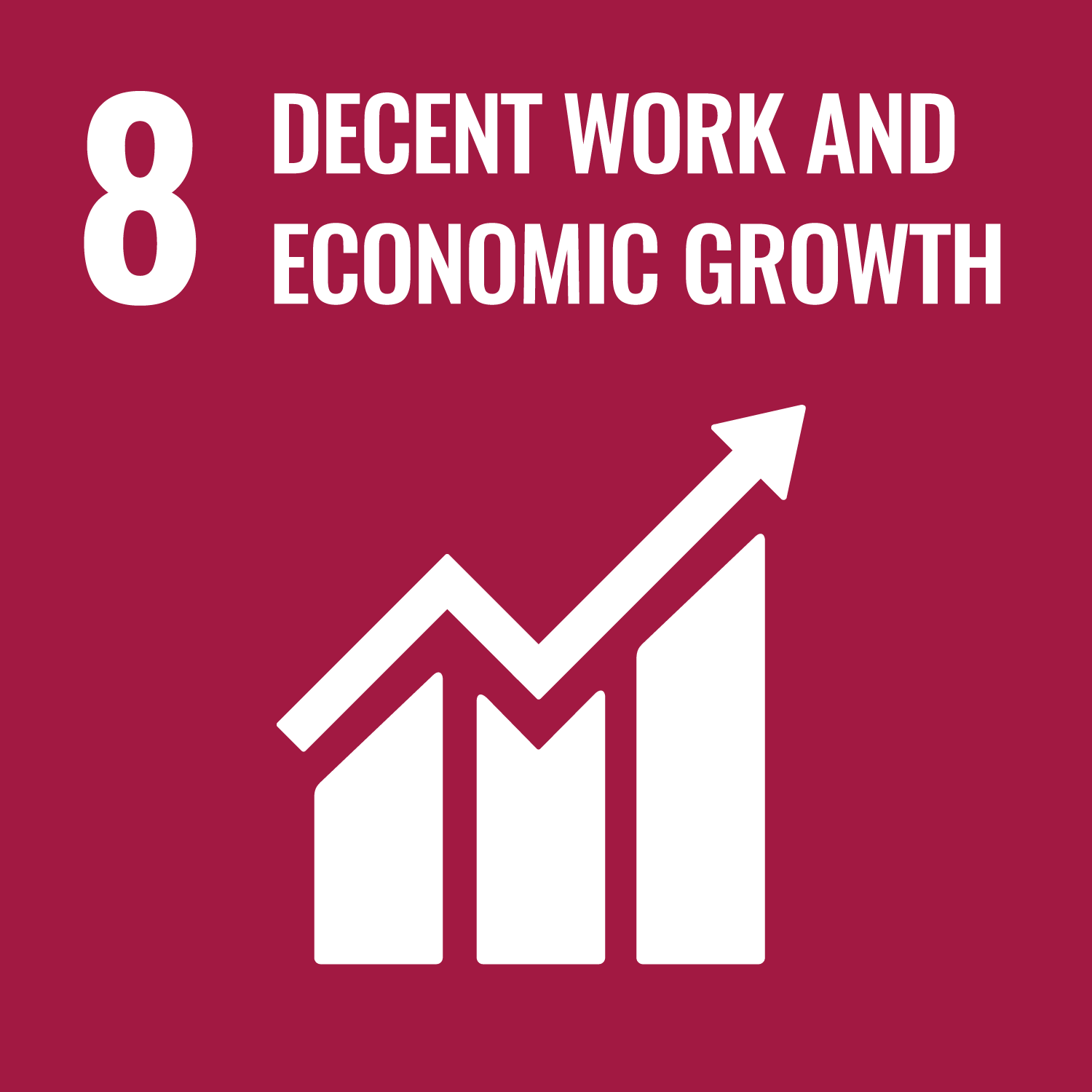
Increased productivity and sustainable job creation.
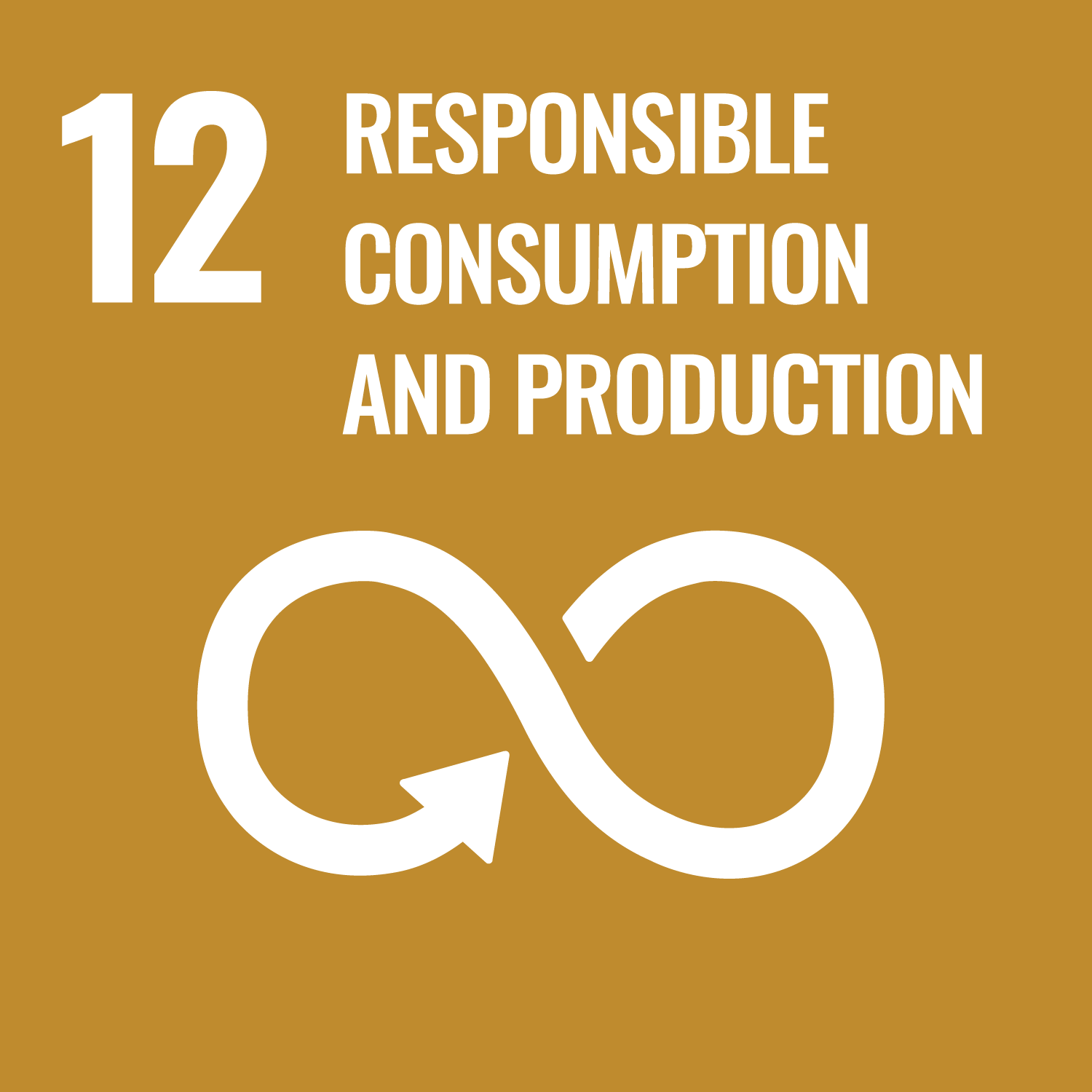
Promotion of sustainable agricultural practices.
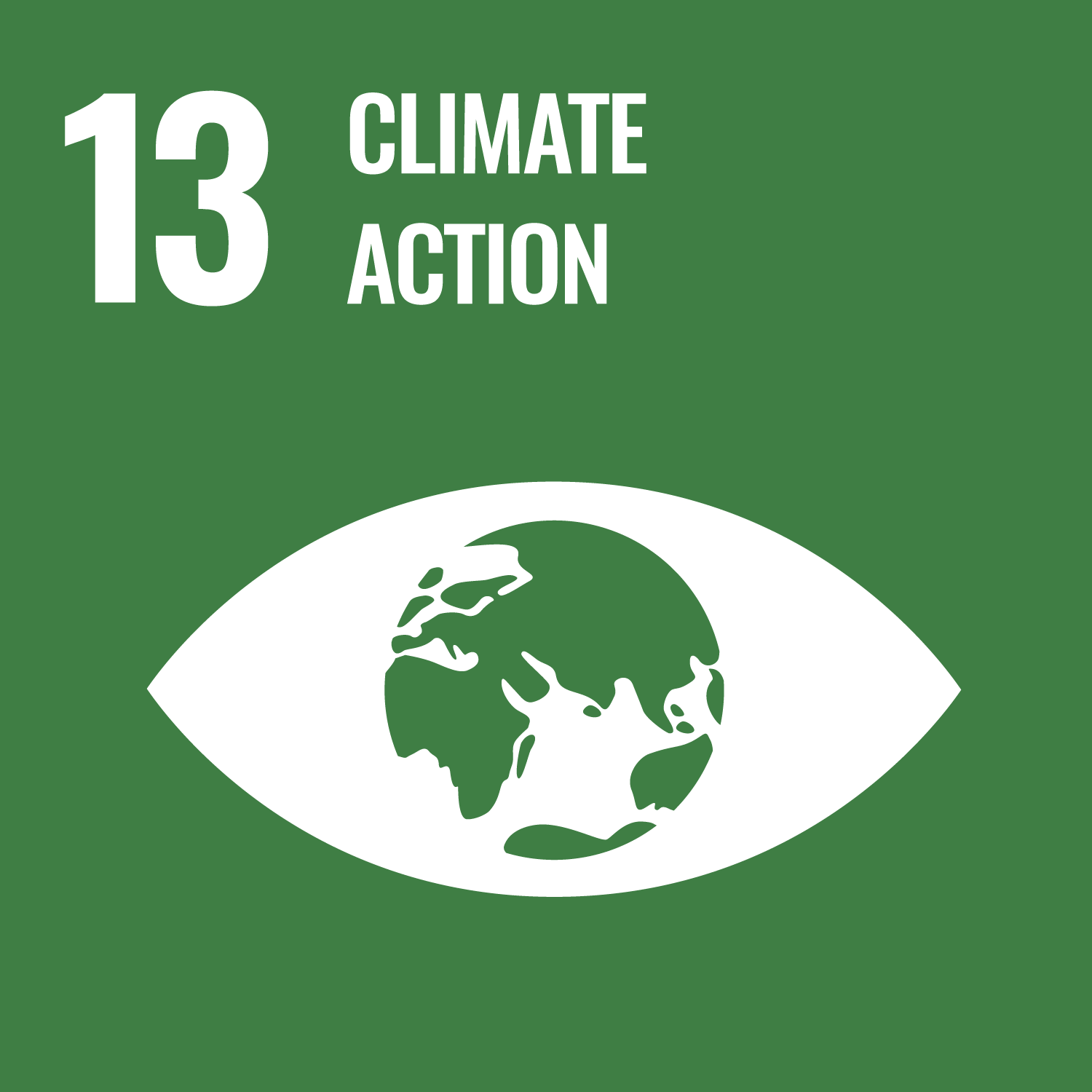
Enhanced climate resilience and lower carbon emissions.

Improved food security and nutrition through higher cowpea yields.
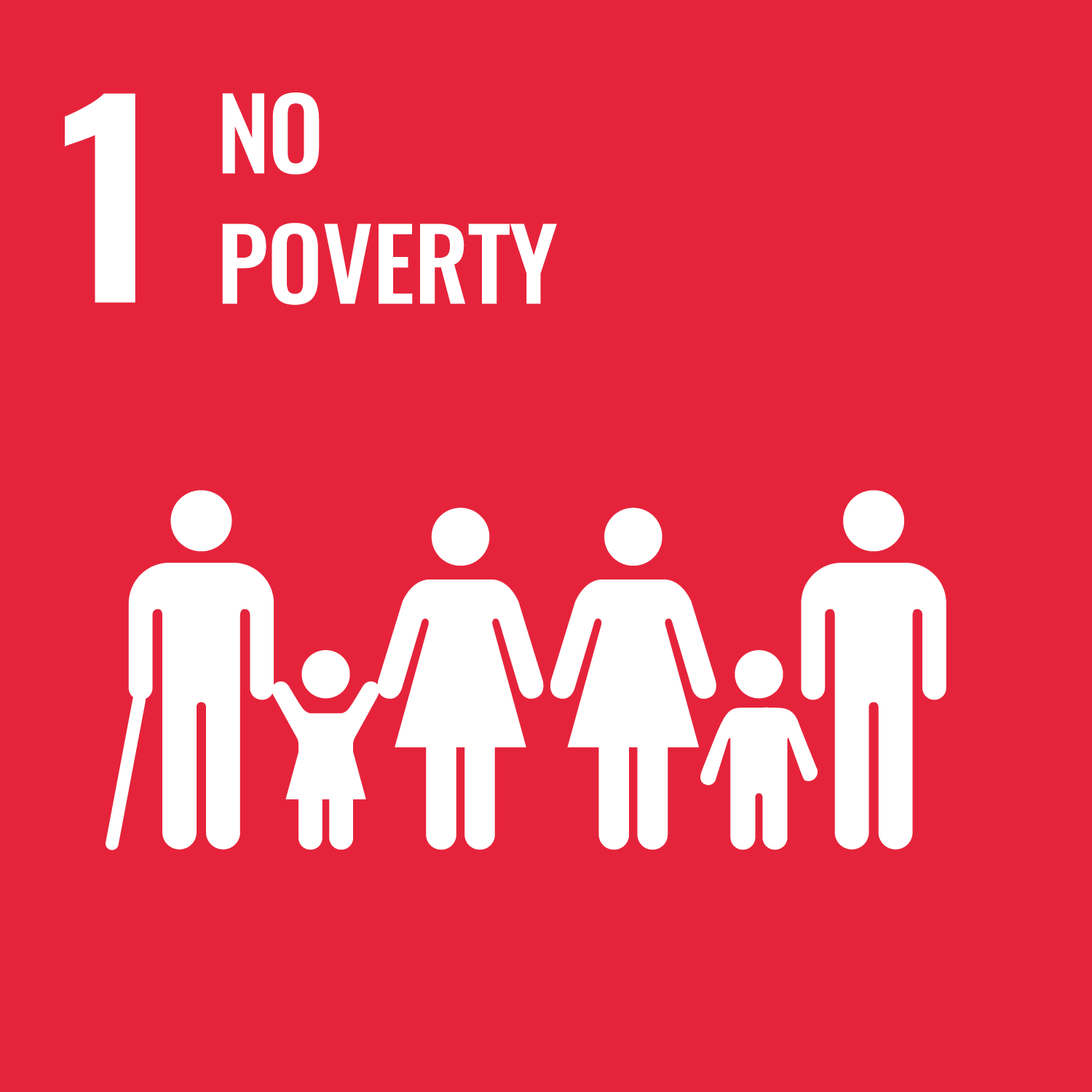
Increased farmer incomes and economic stability for poor farmers.
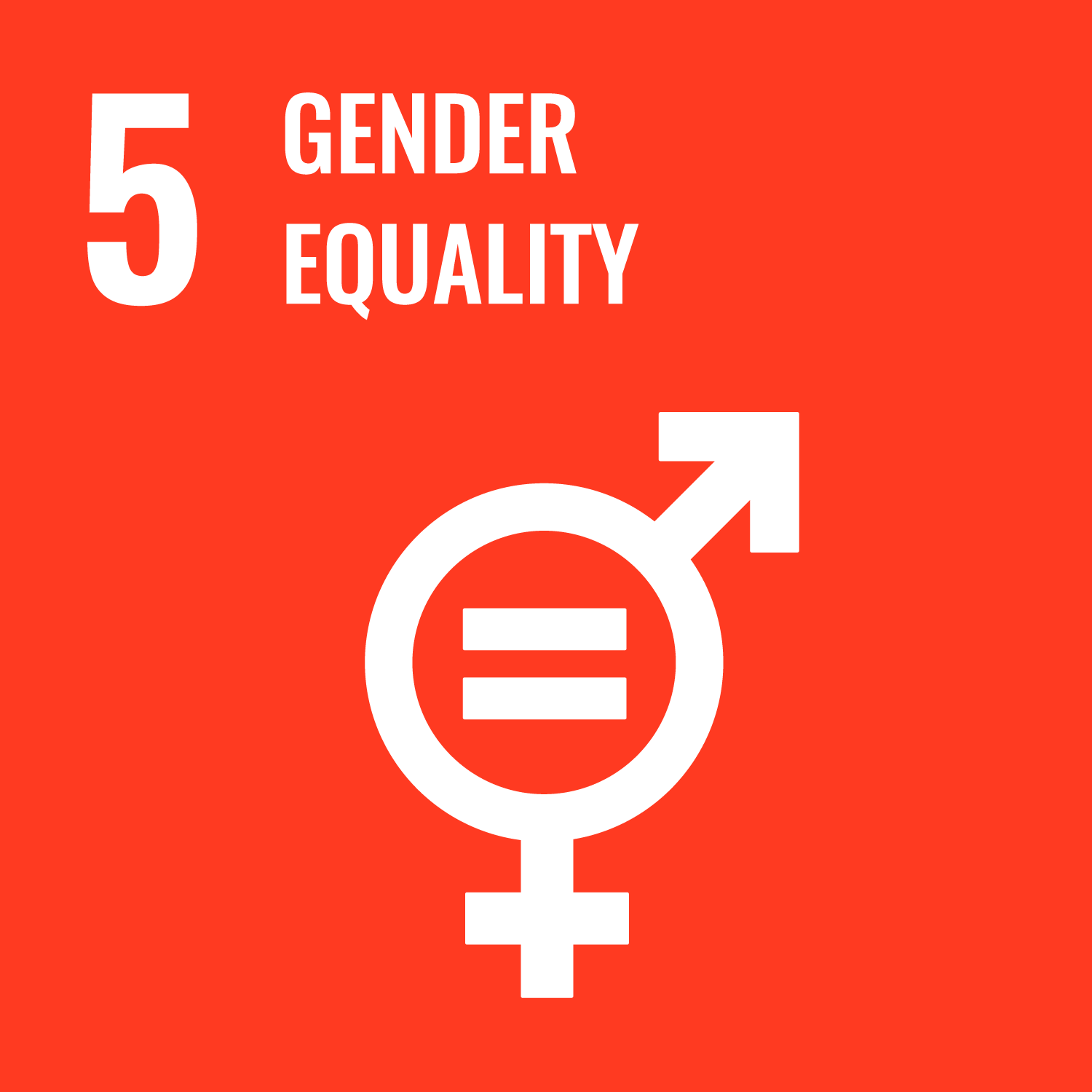
Empowerment of women farmers and reduced labor burdens.
Last updated on 11 December 2024